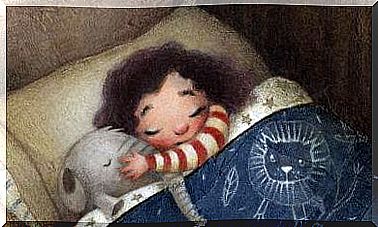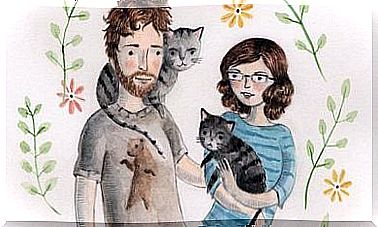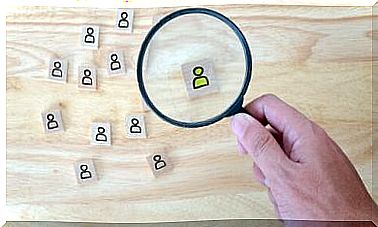Divergent Thinking: What It Is And How To Develop It
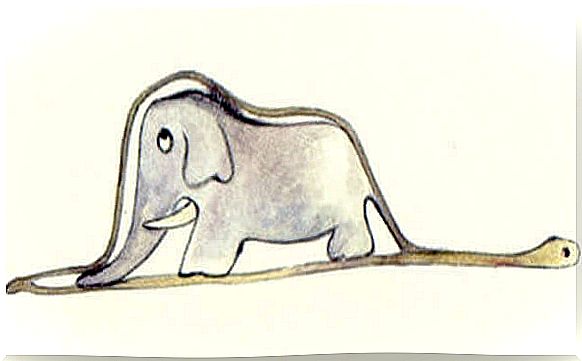
Divergent or lateral thinking is characterized by the generation of multiple and creative solutions to the same problem. It is a spontaneous, fluid and non-linear mental perspective, based on curiosity as well as nonconformity. In fact, it is also a very common type of thinking in children, characterized by the joy, imagination and freshness that gives more freedom to children’s arguments.
Divergent thinking is on the rise. In a society used to offering similar skills, there comes a time when companies start to value other skills, other dimensions that add curiosity, vitality and authentic human capital to their projects. Thus, someone capable of offering innovation, creativity and new goals can become a great candidate for many of these organizational projects.
However, there is something we must admit. Our schools, institutes and universities continue to prioritize a clearly convergent type of thinking in their methodology. In the 1960s, JP Guilford differentiated and defined convergent and divergent thinking.
Although he himself emphasized the importance of training children in this latter kind of mental perspective, educational institutions did not pay much attention to him. Generally, they prioritized a type of reflection (or rather, the absence of it) where the student must apply linear thinking and a series of structured rules and processes to arrive at a single solution: the one that is judged to be correct.
While it is true that on many occasions this strategy is useful and necessary, we have to admit that real life is sufficiently complex, dynamic and imprecise to believe that our problems have only one solution. Therefore, we need to develop authentic divergent thinking.
Therefore, there are many educational centers that encourage their students not to limit themselves to finding the correct answer. The aim is for them to be able to create and suggest new questions.
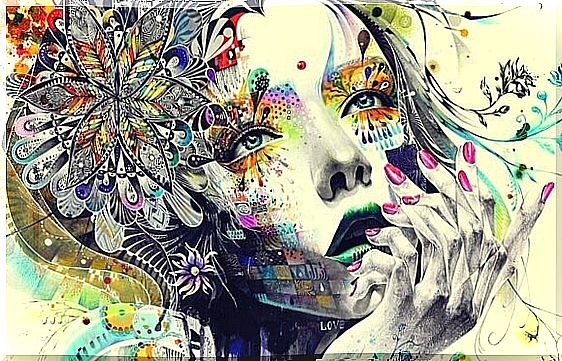
Divergent thinking and its psychological processes
Before continuing, it would be good to clarify an idea. No kind of thinking is better than another. Convergent thinking is useful and necessary on many occasions. However, the real problem lies in the fact that they “trained” us to think in one way, putting aside (even completely nullifying) this spontaneity, this creativity and captivating freedom.
In many courses aimed at training people in divergent thinking, it is common for students to be asked the following questions:
We are aware that, in the beginning, it can take a while to get an idea. However, there are people who are able to provide many answers and creative ideas because they have a high potential in what Edward de Bono called, in his time, “lateral thinking”. To better understand how this works, we will now look at what kinds of psychological processes are responsible for its conception.

Semantic networks or connectivity theory
Divergent thinking is capable of finding relationships between ideas, concepts and processes that, evidently, lack any similarity. Psychologists who are experts in creativity say that people have different mental networks of associations:
- People with “high” semantic networks are driven more by logic and linear thinking.
- On the other hand, people with “flat” semantic networks have mental networks much more connected at the same time than relaxed. In other words, sometimes they relate two things to each other that have no meaning, but little by little they are helped by other networks until they arrive at a creative and daring idea.
Right and left hemispheres of the brain
We’ve all heard of the theory that the right hemisphere is creative and the left is logical. Therefore, and according to this, people who use divergent or lateral thinking will preferentially use the right hemisphere. Well, we have to be careful with this kind of idea about “lateralization” or brain dominance because it actually provides a lot of variety.
We cannot see the brain as an entity with delimited areas. In fact, when creating an idea, be it creative, conservative, logical or highly innovative, we make use of the entirety of that body. However, the key is how we connect one idea with another. The most creative people use branched thinking, meaning their brain connections are more intense in both hemispheres, not just one of them.

How can I train my divergent thinking?
As we said before, all of us, whatever our age, can train our divergent thinking. For that, we have to focus on 4 very clear objectives:
- Fluidity: ability to produce a large number of ideas.
- Flexibility: being able to create varied ideas based on different fields of knowledge.
- Originality: ability to create bold ideas.
- Elaboration: ability to improve our ideas, to develop them with more sophistication.
Below, we suggest four ways to achieve this.
Synetic exercises
“Synethics” is a term coined by psychologist William JJ Gordon. Essentially, it means being able to find unions and relationships between concepts, objects and ideas that, apparently, would not have any connection. This exercise requires a high mental activity and we can do it every day, choosing the concepts ourselves. For example:
- What can I do with a clip and a spoon?
- What connection could there be between the Limpopo River in Africa and Lake Baikal in Siberia?
Scamper Technique
The Scamper technique is another creative idea development strategy devised by Bob Eberle. It is very useful to create something innovative and to train our thinking. For example, let’s imagine by chance that we must generate an idea for the work. Having this “idea”, we will go through a series of filters:
- Some element of this idea is replaced by another (What can we change in the way we have fun? And the way we work?)
- Now combine all the ideas (What can we do to make our work more fun?)
- Adapt these ideas (What do you do in other countries to work with less stress?)
- Modify them (How to work and not get stressed?)
- Give them other uses (What is there in my work that can make it more fun, even though it wasn’t exactly designed for that?)
- Eliminate any ideas (What if I started work a little earlier to get more out of the day?)
- Reform (What would happen if I dared to…?)

humor and good rest
In a study by psychologist Nina Lieberman published in the book “Playfullness: Its Relationship to Imagination and Creativity”, she revealed something very interesting. Divergent thinking combines with joy, optimism and inner well-being. Having good social relationships, enjoying a good rest and being free from pressure, anxiety and stress optimizes divergent thinking.
Clearly, at times, with our adult chores, our lifestyles so fraught with pressures and worries, we neglect most of these valuable aspects. Therefore, we could also conclude that this type of thinking is born from a type of attitude towards life, where we can be more free, joyful, non-conforming, open to other experiences.
Let’s cultivate these dynamics. Living well to think better can undoubtedly be a good purpose to work on each day.



